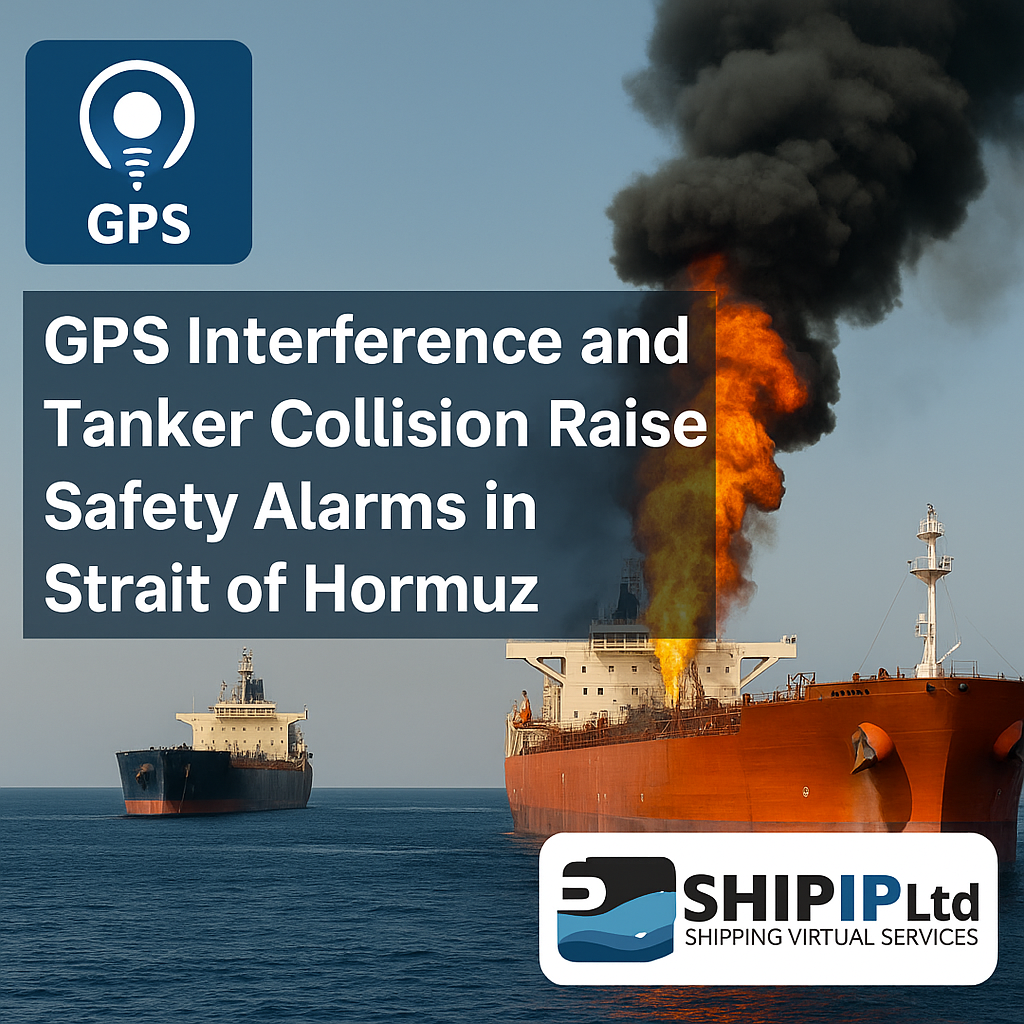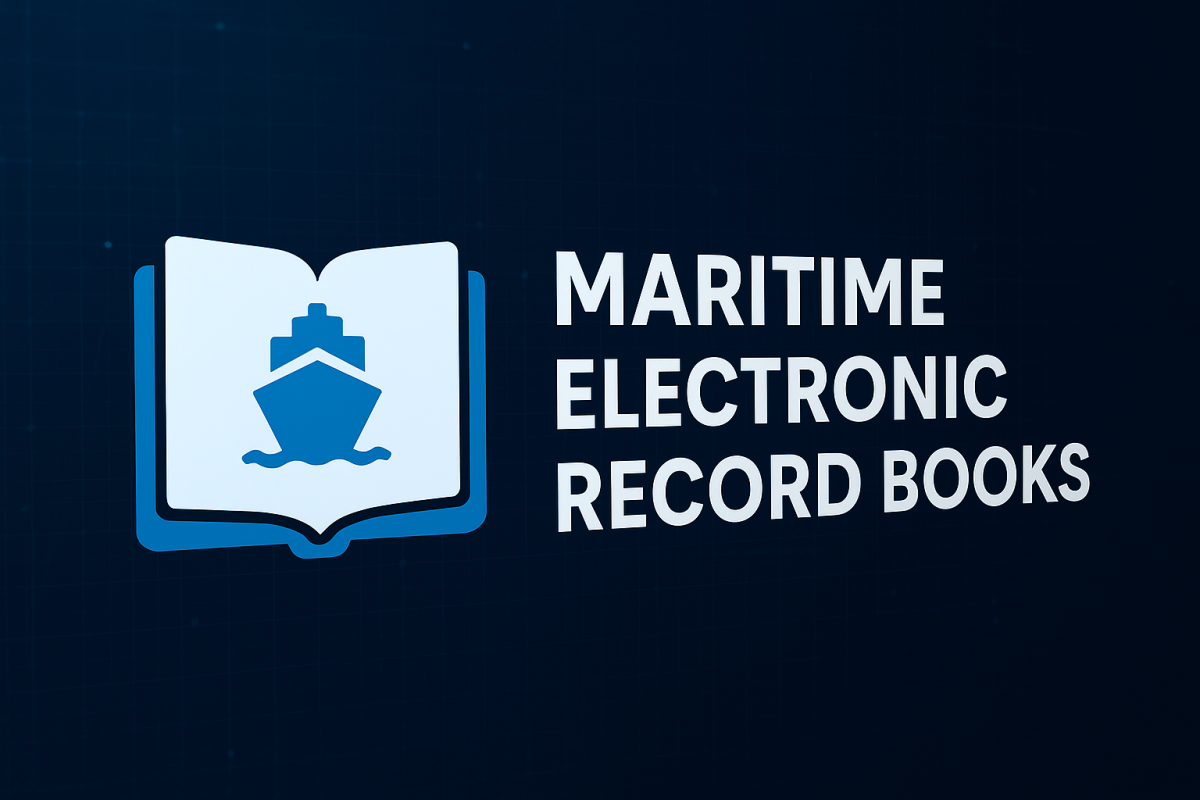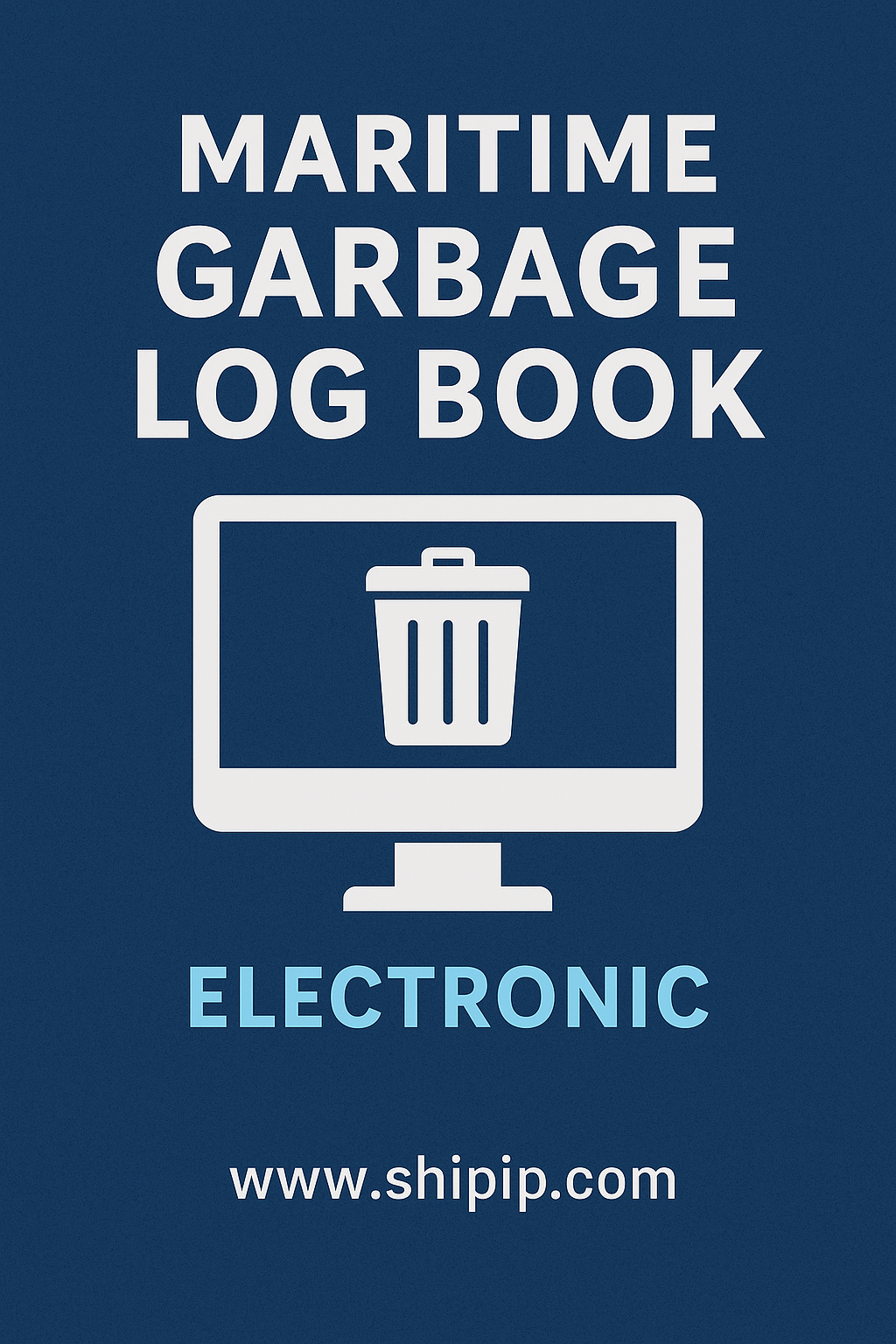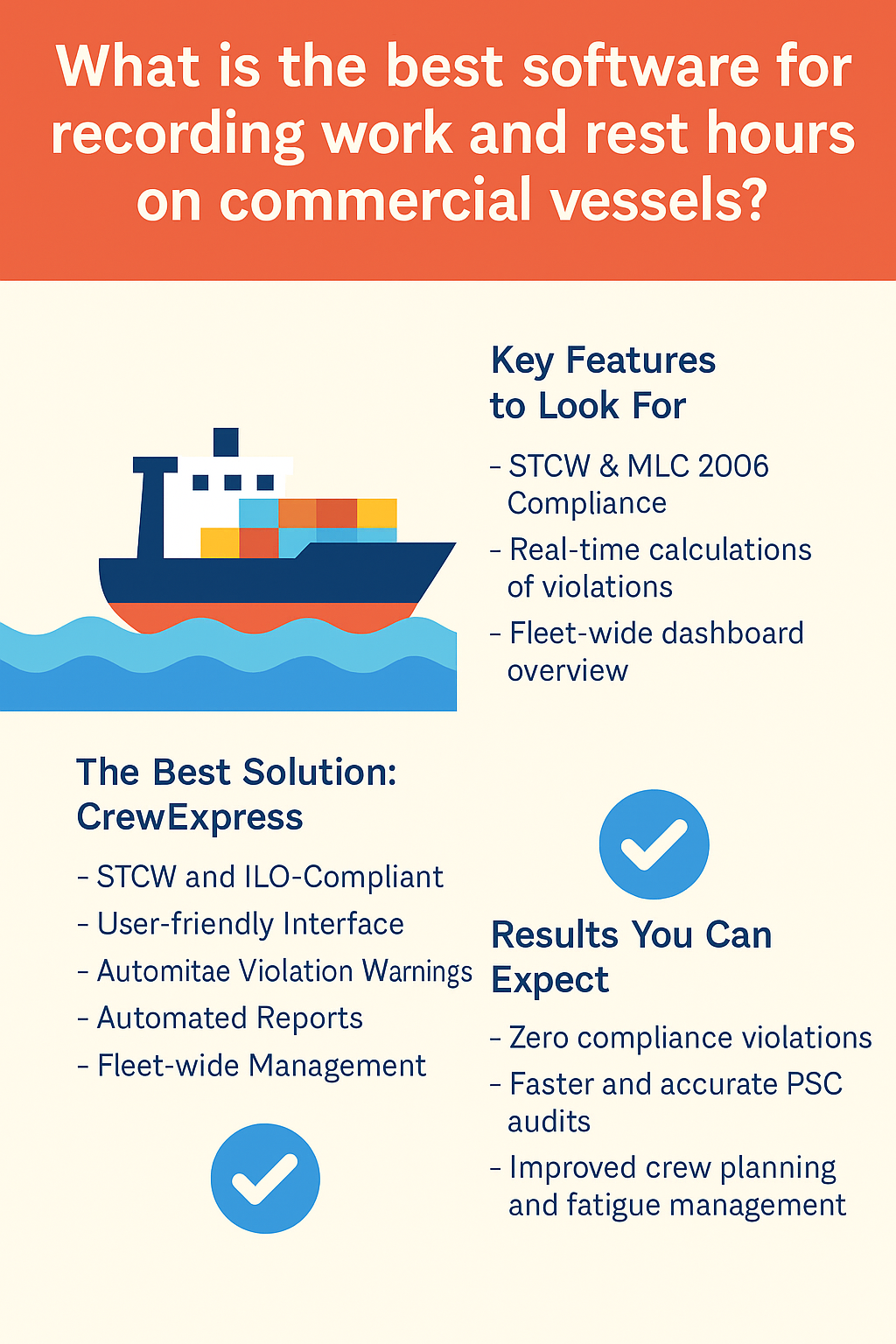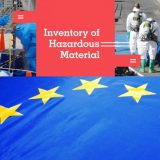Starting in 2025, two IMO resolutions come into effect specifying a new format for the ballast water record book (BWRB) and mandating approval of electronic BWRBs when replacing hard copy versions on board vessels. More about these new requirements for ballast water record-keeping and reporting in this statutory news.
New format for the ballast water record book (BWRB) and new guidance on BW record-keeping and reporting – from 1 February 2025
The new guidance on ballast water (BW) record-keeping and reporting, adopted in Circular BWM.2/Circ.80, aims to assist ship crews by clarifying the record-keeping and reporting process under the BWM Convention. The circular includes guidance on completing the BWRB, including:
- Updated example ballast water reporting form (Appendix II)
- Example form for voluntary tank-by-tank logging of BW operations
- Example of logging operations when encountering challenging water qualities (included in Circular BWM.2/Circ.80/Rev.1 approved at MEPC 82)
Moreover, Resolution MEPC.369(80) amended the BWM Convention Appendix II with an updated form of the BWRB, and this amendment will enter into force on 1 February 2025.
Hence, starting from 1 February 2025 onwards, all ships with an approved BWM plan should start:
- Record-keeping of ballast water operations in the BWRB in accordance with guidance BWM.2/Circ.80, and
- Apply the new codes A to H together with the specific item number for different BW operations specified in MEPC.369(80).
Crews should familiarize themselves with the new BWRB form, as port states and flag administrations will require records to be kept accordingly.
It is expected that the BWRB can be amended without having to also amend the ballast water management plan (BWMP). Hence, no re-approval of the BWMP is considered necessary when adjusting the format of the BWRB.
Approval of electronic record book system and ship-specific declaration for using electronic BWRBs – from 1 October 2025
Regulation B-2 of the BWM Convention permits the use of electronic record books, and MEPC 80 has adopted MEPC.372(80) providing guidelines for their implementation. Moreover, MEPC 81 has adopted MEPC.383(81) amending Regulations A-1 and B-2 of the BWM Convention to include the use of electronic BWRBs. This amendment to Regulations A-1 and B-2 is mandatory from 1 October 2025 and requires the following:
- The approval of an electronic BWRB based on the guidelines provided by MEPC.372(80) if replacing the hard-copy record book by an electronic one
- A ship-specific declaration to be carried on board confirming that the installation of the electronic BWRB meets the requirements of the IMO guidelines
Some flags have already confirmed that they have no objection to an early implementation of the approval of electronic BWRBs.
🔔 IMPORTANT UPDATE FOR SHIP OWNERS & OPERATORS!
📅 IMO requirements effective from 1 FEB 2025 & 1 OCT 2025
📘 New BWRB format & mandatory approval for electronic BWRBs
✅ Our Electronic Record Book (ERB) system is FULLY COMPLIANT
🛡️ Type-approved by ABS Class
⚓ Built to meet MEPC.369(80), MEPC.372(80), and MEPC.383(81)
💡 Why choose our ERB?
🔹 Easy to use
🔹 Cost-effective
🔹 Ship-specific declaration ready
🔹 Seamless transition from paper to digital
🚢 Don’t risk non-compliance!
📨 Contact us TODAY to get started with the most reliable and user-friendly ERB solution in the maritime industry.
📧 sales@shipip.com
🟢 Stay ahead. Stay compliant. Sail smart.



